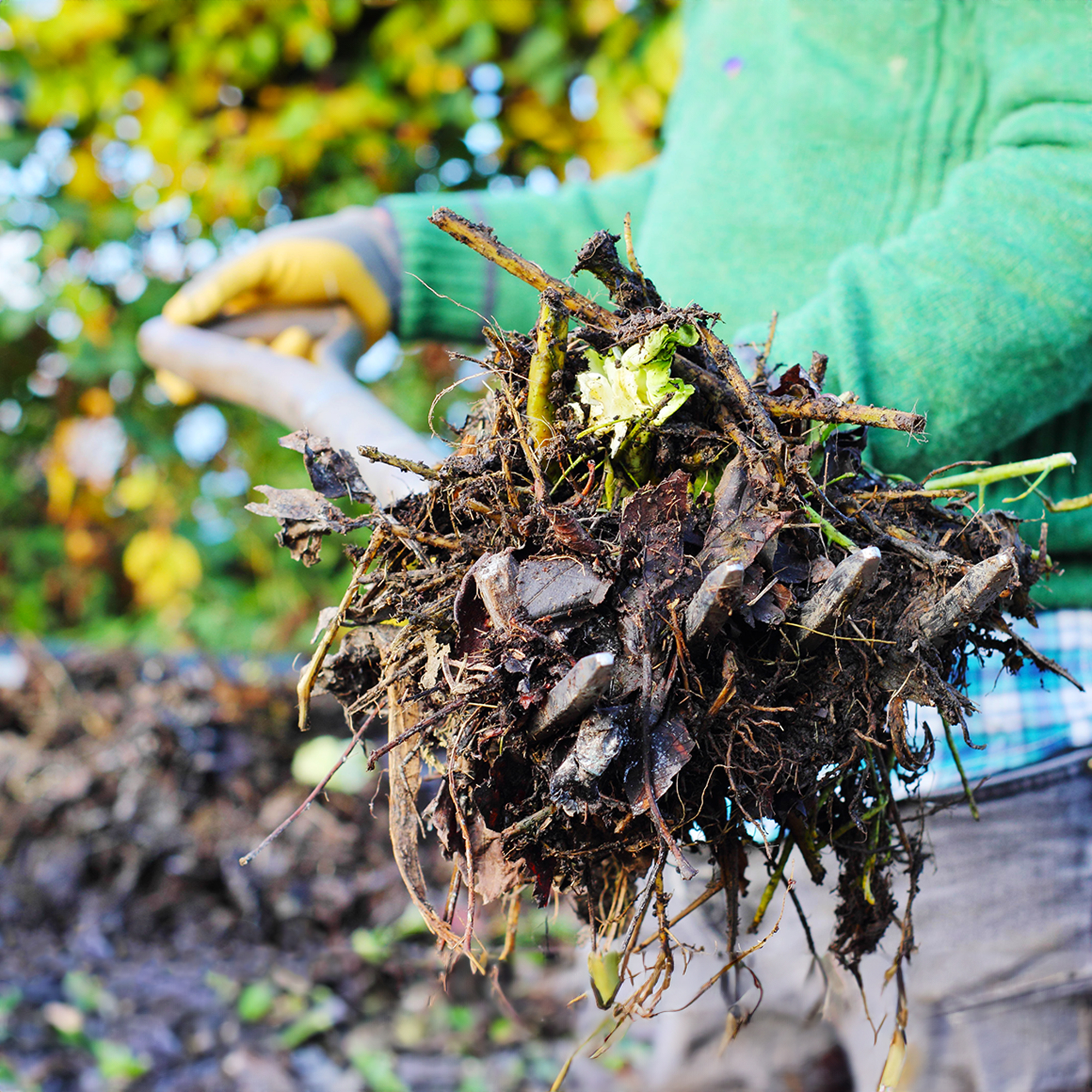What Is Breadfruit: Where Does Breadfruit Come From


Sometimes we don't give certain foods a culinary chance and the reason for our aversion can be unjustified. Breadfruit (Artocarpus altilis) is a classic example for me. How do you prepare your taste buds for something with a weird name like that? Is it fruit that tastes like bread? Smells like bread? Looks like bread? All of the above? And, at the time, I wasn't sure an affirmative response to any of those questions was a good thing, so I lost my gumption to try it. But now, after researching and writing about the history of breadfruit, I am quite fascinated by it, so go ahead and serve me a slice! For starters, did you know that breadfruit is associated with a famous mutiny? It's true! Read on to learn more!
What is Breadfruit?
Breadfruit trees are grown throughout the tropical regions of the world. A member of the mulberry family, breadfruit can grow upwards of 85 feet (26 m.) tall with each tree producing up to 200 large round, oval or oblong fruits per year. Each individual fruit has a skin texture that is smooth, bumpy or spiked and can weigh a hefty 12 pounds (5 kg.). Breadfruit is ripe when it is firm with skin having a greenish-yellow cast and flesh that is soft and creamy white or yellow. Breadfruit is typically roasted, baked, fried or boiled before being consumed. While breadfruit is actually a fruit, it is regarded more as a vegetable from a culinary standpoint. The taste of breadfruit is somewhat hard to pin down depending on individual palates, how it's prepared and even the ripeness of the fruit, but the texture and taste is most commonly likened to that of a potato, artichoke hearts or a grainy bread. Breadfruit seems to have endless culinary possibilities given that it can be used as a substitute for potatoes in many recipes. And, some culinary creativity may be in order because some people feel that the taste of breadfruit is quite bland. The riper your breadfruit is, the sweeter it will be, as more of the starches will have converted to sugar, but it will never be as sweet as a mango or papaya, for instance. While the name of breadfruit probably alludes more to its taste than anything else, the case can be made that it resembles or smells like freshly baked bread in its roasted or sliced and fried forms.
History of Breadfruit
So where does breadfruit come from? Breadfruit has been a staple crop in Oceania for more than 3,000 years. It originated in New Guinea and the Indo-Malay region. Islanders carried breadfruit on their early voyages throughout the Pacific Islands as they colonized the region, contributing to its spread. The spread of breadfruit beyond the Oceanic region can be credited to Britain. In the late 1700's, Britain was seeking a cheap high energy food source for the slaves in the British West Indies, particularly for those in Jamaica working the island's sugar plantations. It was during this time, circa 1768, that Captain James Cook and botanist Sir Joseph Banks were in Tahiti as part of a three-year exploratory expedition. They discovered breadfruit there and recognized its potential for resolving Britain's dilemma, as breadfruit was a low-maintenance, fast-growing tree which yielded prolific carb-heavy fruits. An expedition, led by Lieutenant William Bligh on the HMS Bounty, was dispatched to Tahiti in 1787 to transport breadfruit trees to the West Indies. The mission failed due to the infamous "mutiny on the Bounty" en route to West Indies from Tahiti. The lieutenant and the loyal members of his crew were cast into a small boat and all 1,015 plant specimens were thrown overboard. Lieutenant Bligh, against all odds, used his keen navigational skills to return to England where he was later promoted to Captain and commandeered a successful second expedition on board the Providence to Tahiti in 1791, which successfully delivered breadfruit plants to the Caribbean at Kingstown, St. Vincent and several paces in Jamaica. While the breadfruit trees thrived in their new West Indies locales, the West Indians did not really embrace breadfruit and only ate them when they had no other options, which defeated the intent Britain originally had for the plants. Forty years later, however, breadfruit gained widespread acceptance in the islands. Today breadfruit is grown in close to 90 countries including Africa, Australia, South America, South and Southeast Asia. In the United States, breadfruit is grown in South Florida and Hawaii.
Gardening tips, videos, info and more delivered right to your inbox!
Sign up for the Gardening Know How newsletter today and receive a free copy of our e-book "How to Grow Delicious Tomatoes".

Shelley Pierce was a writer for Gardening Know How, contributing to hundreds of articles for the site.
-
 Grow ‘Karl Rosenfield’ Peony Plants For The Ultimate Frilly Border Beauties And Cut Flowers
Grow ‘Karl Rosenfield’ Peony Plants For The Ultimate Frilly Border Beauties And Cut FlowersFor frilly double magenta peony petals infused with a heady fragrance, grow ‘Karl Rosenfield’ peony plants. Here’s how to cultivate the ultimate plushy blooms
By Tonya Barnett
-
 10 Common Composting Problems That Can Spoil Your Garden Gold – Plus Easy Fixes
10 Common Composting Problems That Can Spoil Your Garden Gold – Plus Easy FixesLearn how to troubleshoot common composting issues before they ruin your stash – from bad smells and bugs to materials not breaking down as they should.
By Susan Albert